The Most Underrated Crime Movies
Not every mob movie is as iconic as The Godfather, Goodfellas or Scarface, but these should be.
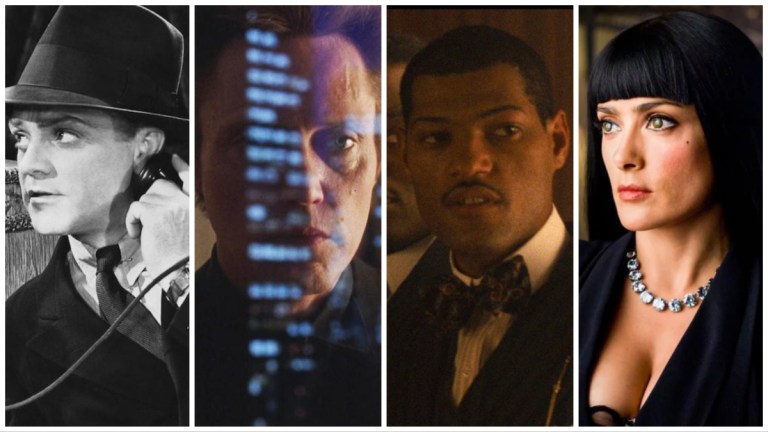
I’ve loved gangster movies since I was four years old and saw Humphrey Bogart and Sylvia Sidney in Dead End (1937) on TV, and Warren Beatty and Faye Dunaway in Bonnie and Clyde (1967) at the movies (My dad pinched a lobby card for me). Every Friday night, a local NYC station ran old crime flicks on a slot called “Tough Guys.” Bogart, James Cagney, Edward G. Robinson, and George Raft were the faces over the title. Today that might be Al Pacino, Robert De Niro, Wesley Snipes, and James Gandolfini.
The gangster and crime genre produced some of the most influential films in cinema history. Mervyn LeRoy’s Little Caesar (1931), William A. Wellman’s The Public Enemy (1931), and Howard Hawks’ Scarface (1932), get a lot of credit for breaking ground in topics beyond criminality, shattering sexual taboos as well as the boundaries of acceptable visual violence. High Sierra (1941) and White Heat (1949) are recognized for blowing up the horizon. Francis Ford Coppola’s adaptation of Mario Puzo’s bestselling novel The Godfather (1972) is considered one of the greatest films ever made, in any genre, if not number one. Occasionally The Godfather: Part II (1974) beats it in the ranking. That’s crime family mob royalty.
Martin Scorsese opened the books for low-level street hoods in Mean Streets (1973), and pointed his cameras at the mid-level working capos in Goodfellas (1990). Tony Montana’s fall into the fountain in Brian De Palma’s Scarface (1983) showed how to exceed success. But there are less-known nuggets, and there are always new gangs waiting to expand their turf. Whether they cross the pond as The Long Good Friday (1980), or hop the D-train as The Warriors (1979), they just want to come out and play. I love all gangster movies. Sorry for what I missed, hope it’s not a hanging offense. Here are some crime and gangster masterpieces which should be given another look:
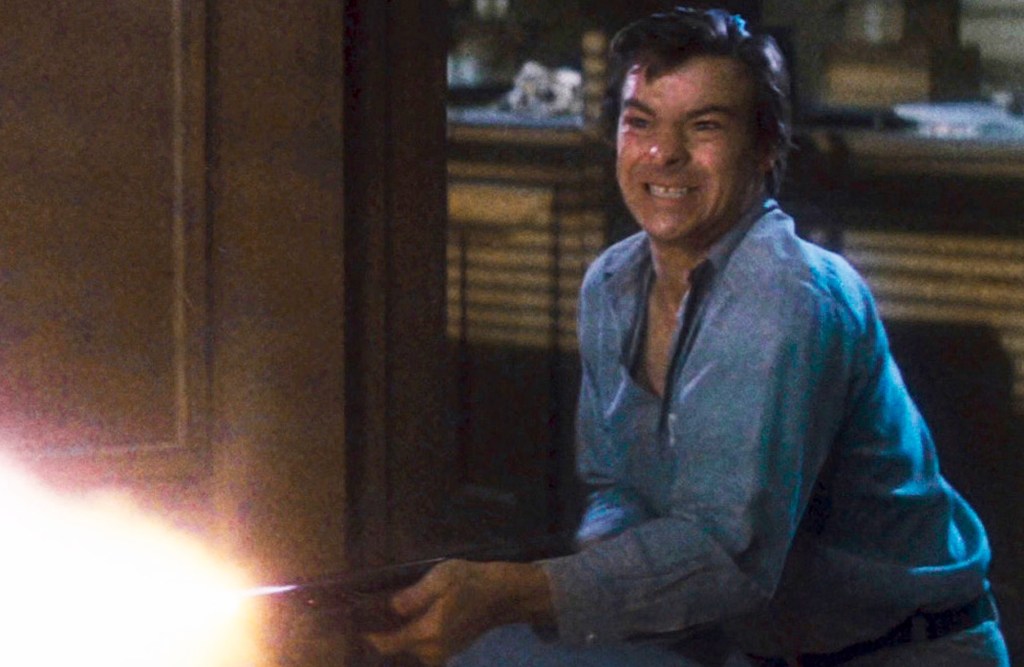
Assault on Precinct 13 (1976)
Made two years before Halloween, Assault on Precinct 13 is a horror movie masquerading as a crime film. Street Thunder, the gang besieging the nearly-abandoned L.A. police station, are the monsters, swarming like zombies from Night of the Living Dead (1968), picking off victims quicker than the alien in The Thing (1982). Written, directed, edited, and scored by John Carpenter, the $100,000-budgeted film was only his second feature.
Besides Napoleon Wilson (Darwin Joston), a prisoner being shuttled to death row who counts his days like lovers, Assault on Precinct 13 contains no sentimentality: a little girl gets blown away for questioning flavors at an ice cream truck window, and the trapped cops and criminals-in-transit get no clue about the backstory. The claustrophobic suspense, where a gang out for revenge surrounds the skeleton crew of the film’s titular, decommissioned police station, is criminally relentless.
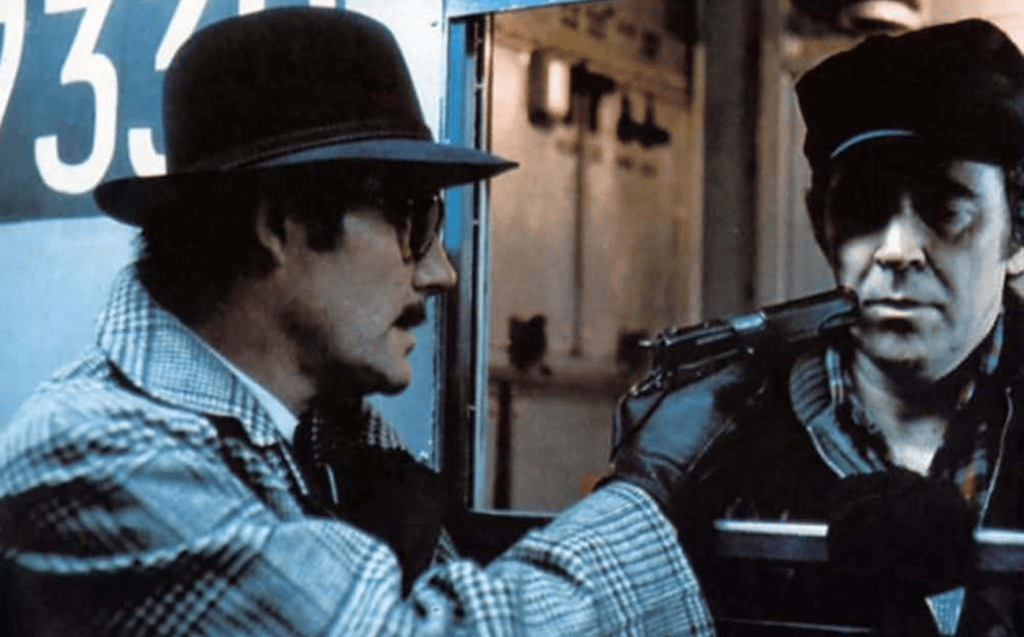
The Taking of Pelham One Two Three (1974)
“Why didn’t you go grab a goddamn airplane like everybody else?” Transit Authority Police Lt. Zachary Garber (Walter Matthau) asks the mastermind behind The Taking of Pelham One Two Three. Using color-coded aliases (inspiring Quentin Taratino’s Reservoir Dogs), disguised robbers hijack a New York City subway car loaded with passengers. Mr. Green (Martin Balsam), a motorman fired for corruption, uncouples it from the rest of the train. The ringleader, Mr. Blue (Jaws‘ Robert Shaw), gives the transit cops one hour to deliver $1 million before he starts executing hostages.
Director Joseph Sargent gives no backstory. The only background we get is a hint that Mr. Grey (Hector Elizondo) is an ex-mafia killer, and the sole known motivation is Green’s anger at being fired. The Taking of Pelham One Two Three is classic criminal suspense, the threats don’t just come from the robbers, but the mayor, downtown traffic, and pissed-off native New Yorkers.
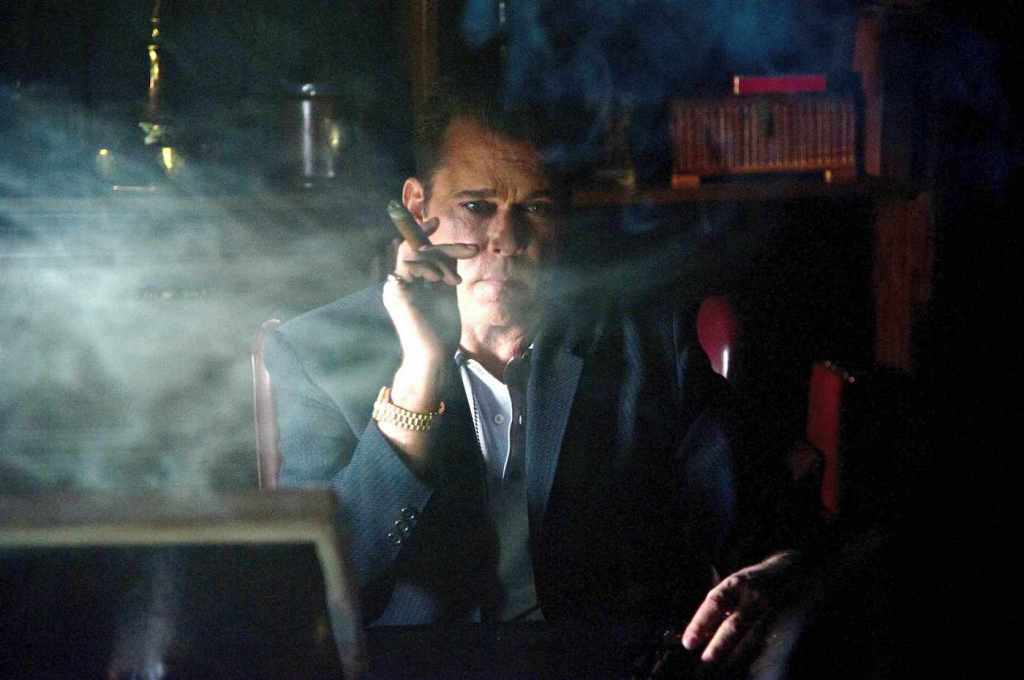
The Iceman (2012)
The Iceman isn’t a gangster movie, it’s about a guy who works hard so his wife and daughters can live in a four-bedroom house in the suburbs. Mob contractor or entrepreneurial serial killer, Richard Kuklinski, spent a lifetime perfecting murder, and Michael Shannon’s interpretation is a character study. Richard restrains his hair-trigger temper with a menacing stare. But he’s estimating how long it’ll take you to thaw after he puts an icepick in your ear, spritzes arsenic in your face, or grabs any handy gun, axe, dull kitchen knife, or plastic spoon.
Kuklinski was an altar boy as a kid but a god as an adult, dispensing death on command, especially when his kids need to get into a better school. Director Ariel Vromen captures the nonchalant horror of The Gemini Lounge where mob associate and fellow psycho Roy DeMeo dismembered all competition. Just a day’s work for the Iceman.
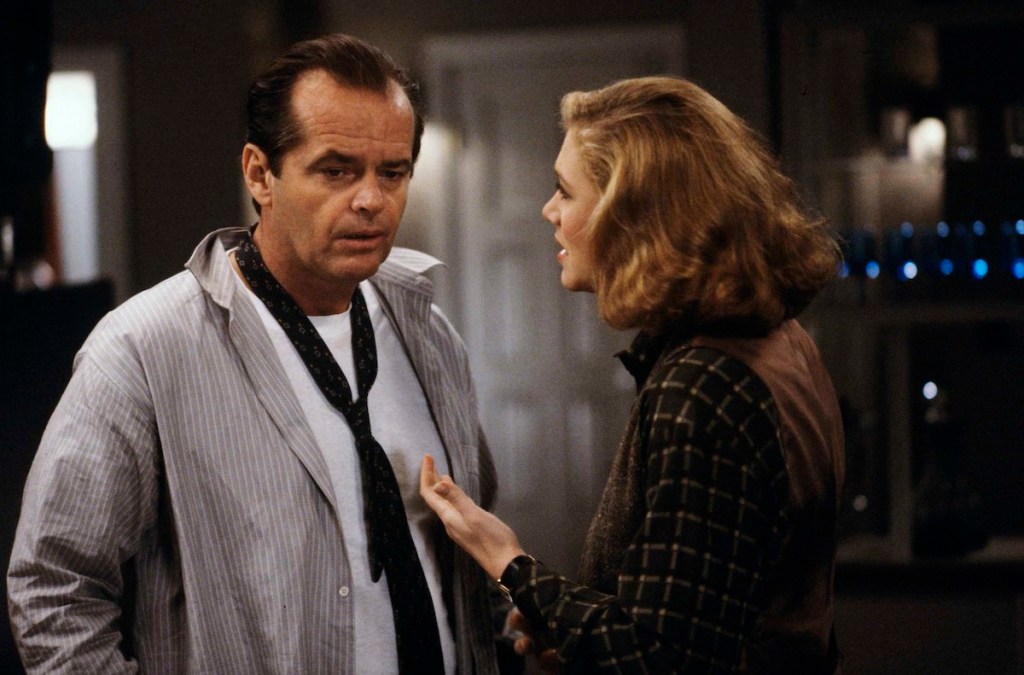
Prizzi’s Honor (1985)
Prizzi’s Honor was directed by John Huston from the book series by Richard Condon, who wrote the novel Manchurian Candidate. It skewers mob prototypes set in The Godfather by having fun with family business. Hitman Charley Partanna (Jack Nicholson) is getting bumped up to head the Prizzi organization, but he just fell head over heels in love with the woman who bumped off the wrong people, Irene Walker (Kathleen Turner). “Do I marry her? Do I ice her?” Charlie’s got tough choices.
“Just because she’s a thief and a hitter doesn’t mean she’s not a good woman in all the other departments,” advises Maerose (Angelica Huston), the Prizzi family outcast told to work on her meatballs. Her engagement to Charley ended in humiliation, and she never forgets nor forgives. She’s like her grandfather, Prizzi patriarch Don Corrado (William Hickey) who orders killings as cheerfully as he offers cookies over espresso.
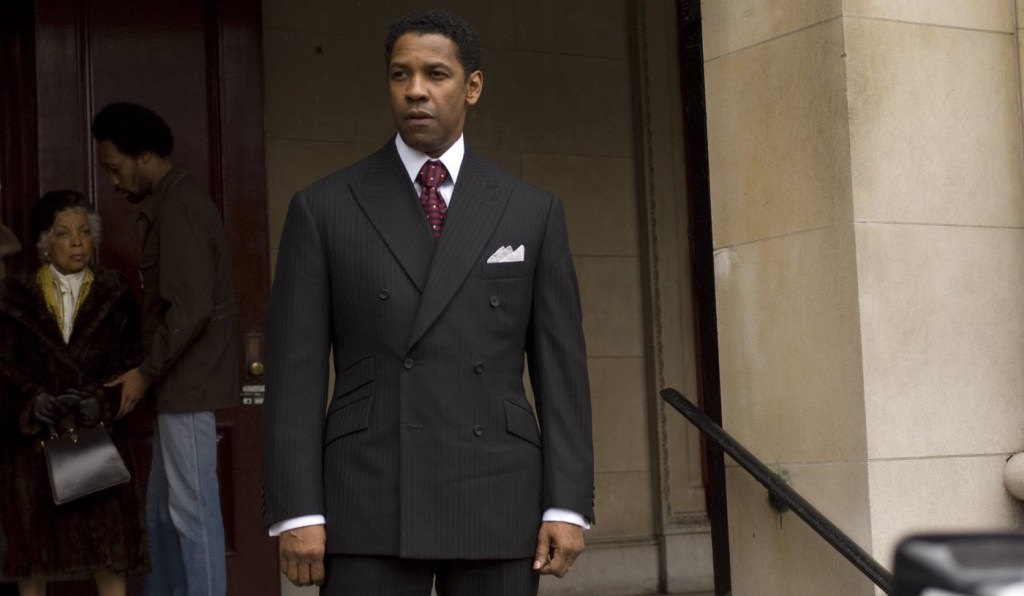
American Gangster (2007)
Ridley Scott’s American Gangster opens at the funeral of Bumpy Johnson (Clarence Williams III), who steered the underworld through the Harlem Renaissance. Denzel Washington plays Frank Lucas, Bumpy’s driver, right-hand man, and protegé. He goes on to achieve a higher street rank than any Mafia soldier, capo, or consigliere. “The man” in a world of made men, Lucas cultivates connections all the way to Indochina where he gets his dope, personally, cutting out the middleman.
Lucas earns his rep by putting a hole in the skull of a cut-rate competitor on a crowded street. No one is going to rat him out. Det. Richie Roberts (Russell Crowe) is incorruptible, villainized by fellow officers, and targeted by gangs. Lucas is a mob ruler and enforces mob rules. Killing cops is bad for business, and the cop-and-robber, cat-and-mouse game is a fun match. Mobsters aren’t known for long lives. American Gangster changes that dynamic.
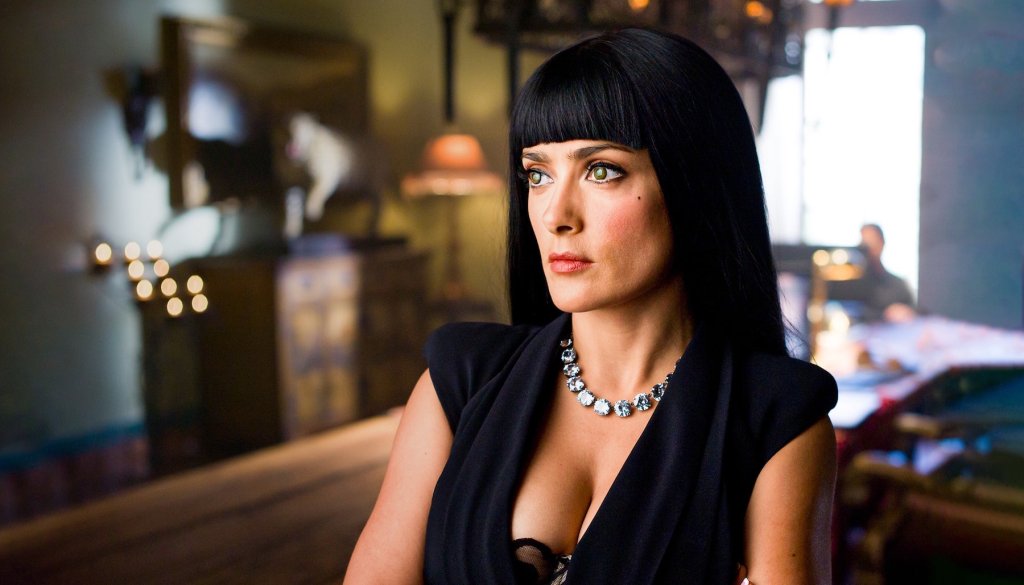
Savages (2012)
Oliver Stone’s Savages may not be his most renowned mob movie offering (he did write the screenplay for 1983’s Scarface), but Salma Hayek’s Elena Sánchez would wipe out Tony Montana before he could lift a finger toward his little friend. Her crew would sever his head just to show how happy they are to be working for her. Her caporegime Ludo (Benicio del Toro) would go even further. Nicknamed La Reina, the boss of the Mexican Baja Cartel commands that much loyalty.
Savages is an adaptation of Don Winslow’s pulp fiction novel, and the criminal empire is larger than Vito and Michael Corleone’s operations in all three installments of The Godfather put together. The Sánchez expansion is similar to the Corleone family’s move on Las Vegas. Savages looks real and feels painful. Violent, taut, and darkly humorous, it is a fully satisfying modern mob epic.
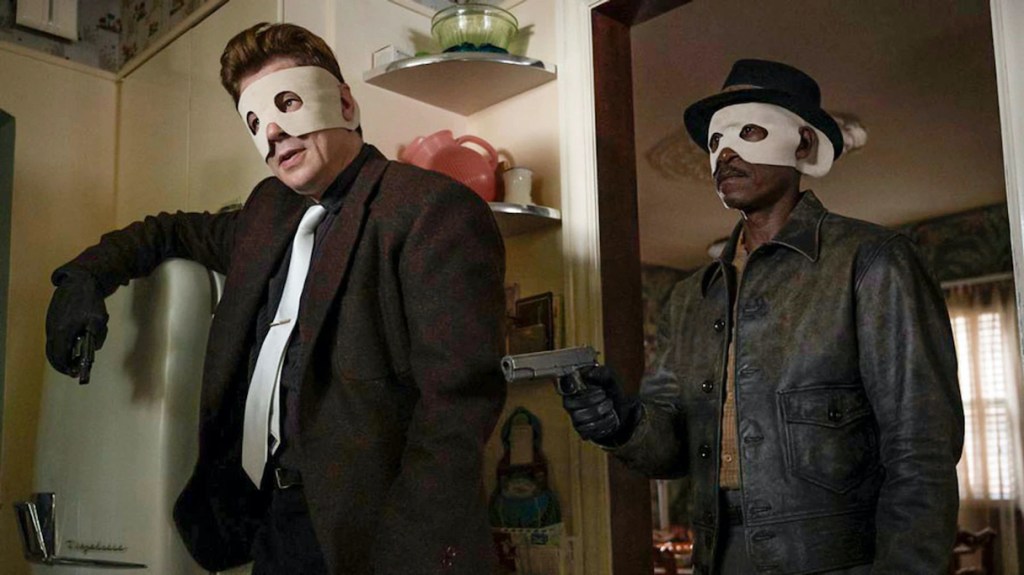
No Sudden Move (2021)
Set in 1954 Detroit, the huge score from the heist in No Sudden Move isn’t the biggest crime in the film; it’s something in the air. Director Stephen Soderbergh pulls off a low-level Ocean’s 11 caper, with a fraction of the crew. Brendan Fraser plays a button man assembling a team for a contract kidnap-and-robbery job: Don Cheadle’s Curt Goynes is newly out of prison; Benicio Del Toro’s Ronald Russo is a professional with eyes in the back of his head; Charley Barnes, played by Succession’s Kieran Culkin, wears ulterior motives on his sleeves, usually covered in blood.
Ray Liotta, who energized Goodfellas with a powder-burnt portrayal of the rat Henry Hill, plays Frank Capelli. He is in charge of organized crime, but the real Mr. Big (Matt Damon) keeps ledgers in the black. Detroit’s biggest criminals are the Big Four Automakers, and the most cutthroat kingpins of the film.
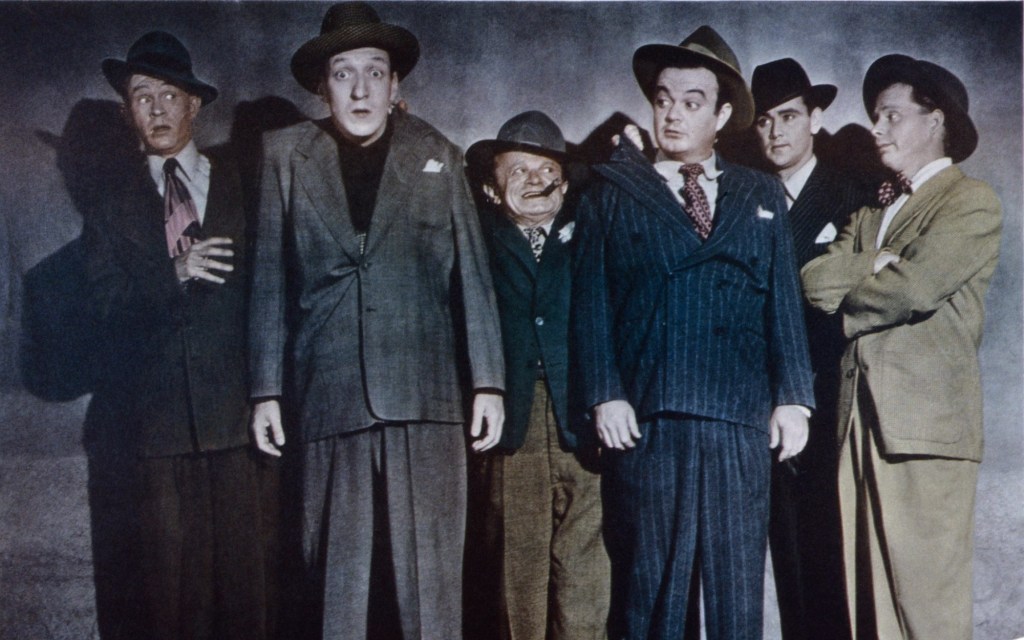
Angels in Disguise (1949)
The Bowery Boys are best known for committing B-movie comedy misdemeanors. The troupe never achieved the popularity of Martin and Lewis, but their gangster roots ran deeper. They started out as the teen street hoods in the original Broadway production of Dead End, continuing to make juvenile delinquent films long after the statutes of limitations ran out. Their biggest crime was settling for “poverty row,” which meant assembly-line productions made at Monogram Pictures. But they got the formula right more than a few times.
Angels in Disguise, directed by Jean Yarbrough as a vague proto-mock-documentary, sees the former East Side Kids all grown up, working at a newspaper, covering the streets they know, when Gabe Dell’s stringer character is shot and hospitalized while investigating a new menace to urban society. Slip (Leo Gorcey) and Sach (Huntz Hall) go undercover to infiltrate the gang on a well-plotted heist, complete with real menace and consequences.
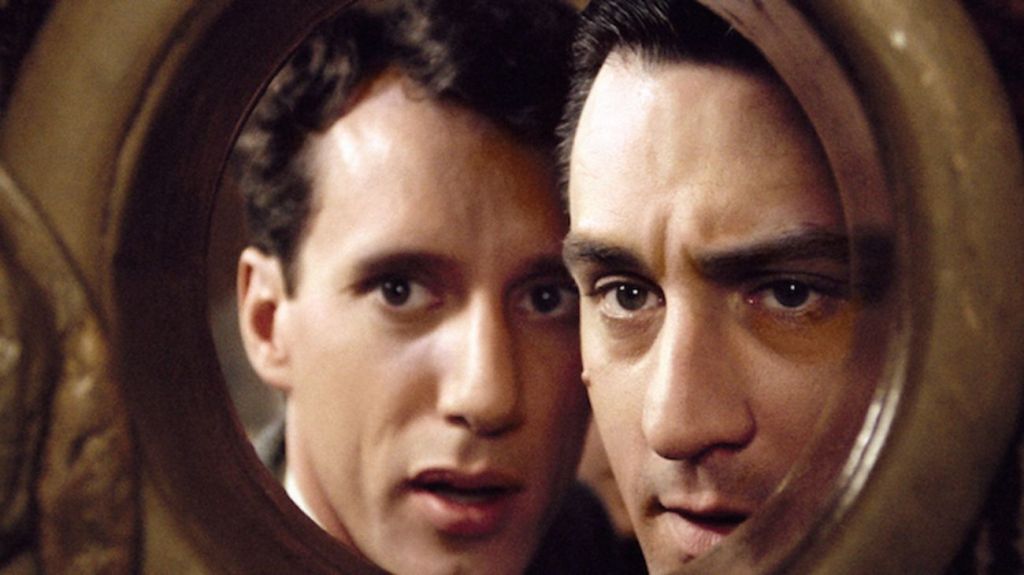
Once Upon a Time in America (1984)
Sergio Leone’s Once Upon a Time in America has a reputation for being long and confusing. This is unfounded. It has also been called the movie that killed the gangster genre. The film offers little defense against the charge. It is an unflinching look at the depths of criminal heights. There are no heroes or anti-heroes, the main character sexually assaults two women in the film. The masks are off, mobsters are monsters.
Once Upon a Time in America is very loosely based on the arc of Jewish gangsters Ben Siegel and Meyer Lansky. It stars De Niro as David “Noodles” Aaronson and James Woods as Maximilian “Max” Bercovicz. This crime partnership is as exciting as Bogart and Cagney teamings in the late 1930s. The biggest crime is that it’s underrated, it deserves the praise. Leone turned down The Godfather to make an equally ambitious epic that’s not afraid to get dirty.
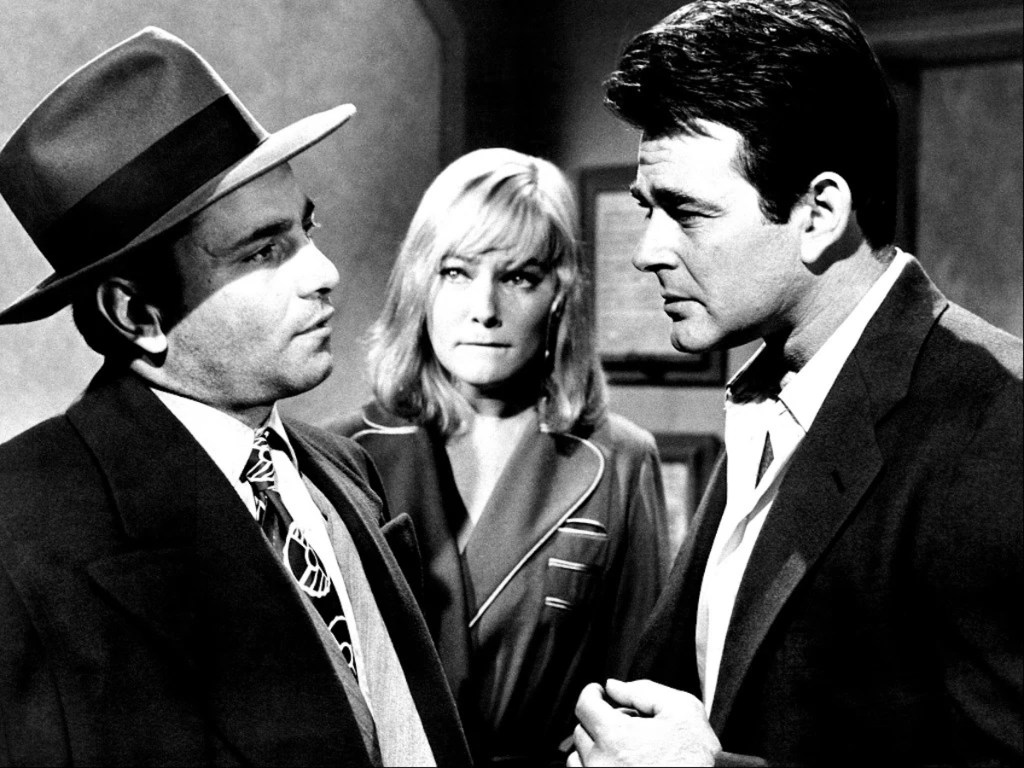
Murder Inc. (1960)
Based on a purportedly true story by Burton Turkus, the Brooklyn assistant D.A. who prosecuted the real Murder Incorporated operation, Murder Inc. examines syndicate boss Louis “Lepke” Buchalter (David J. Stewart), who structures a murder-for-hire operation like a regular business.
Peter Falk brings it all together before ripping it apart as central character Abe Reles. Ruthless, witty, and sociopathic, Reles would have fit seamlessly in Once Upon a Time in America. Falk wouldn’t have to change a thing. Reles came up through the Jewish mobs, rising to boss of the Brownsville gang. He gave that up to be a contract hitter, sitting in an office, and waiting for a call until one came in on his dime. He wasn’t the last to turn state’s evidence to beat a rap. And he wasn’t the last to take the fall.
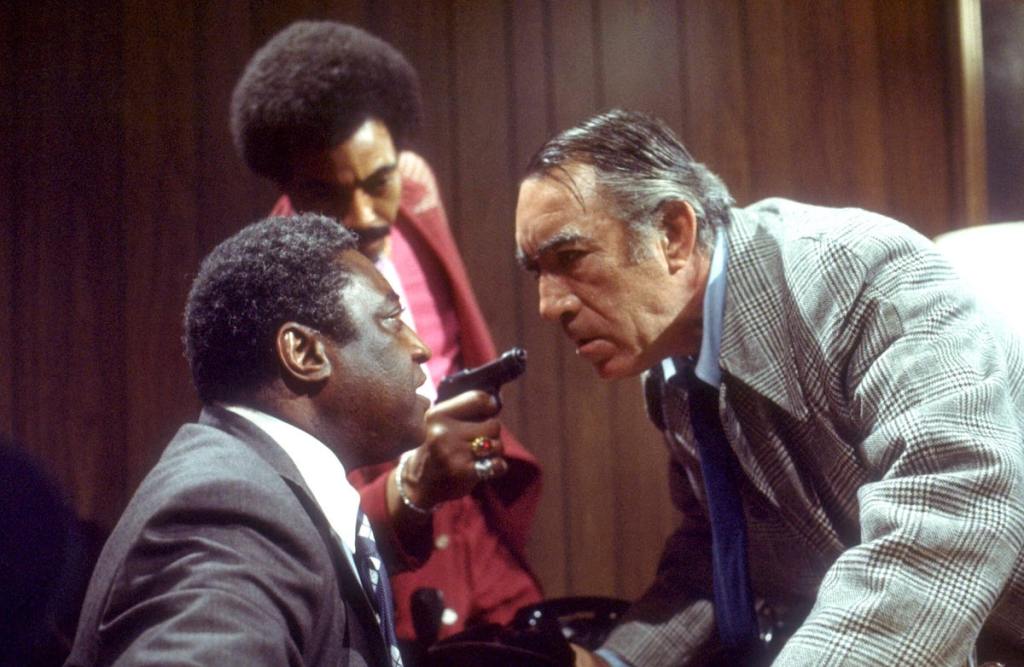
Across 110th Street (1972)
Known as a Blaxploitation film, director Barry Shear’s Across 110th Street is one of the greatest mafia/Black mob/corrupt cop movies ever made. Based on Wally Ferris’s book, and set on the dividing line of Harlem in the heroin-ravaged late 1960s, it starts when three Black gangsters in cop uniforms steal $300,000 in numbers money from a mob family. Two cops, two made men from Nick D’Salvio’s (Anthony Franciosa) crew, and associates from “Doc” Johnson’s (Richard Ward) uptown syndicate are killed in the heist. No one trusts anyone, fear of change abounds, and everybody overreacts.
Old world gangsters come up against the original gangstas, and a crime war takes over Harlem. Captain Mattelli (Anthony Quinn) is an old-school New York City cop who breaks heads to solve cases, and takes cash to look away. The movie also has a killer soundtrack with Bobby Womack’s title track setting the feel. (Quentin Tarantino even nicked it to open and close Jackie Brown.)
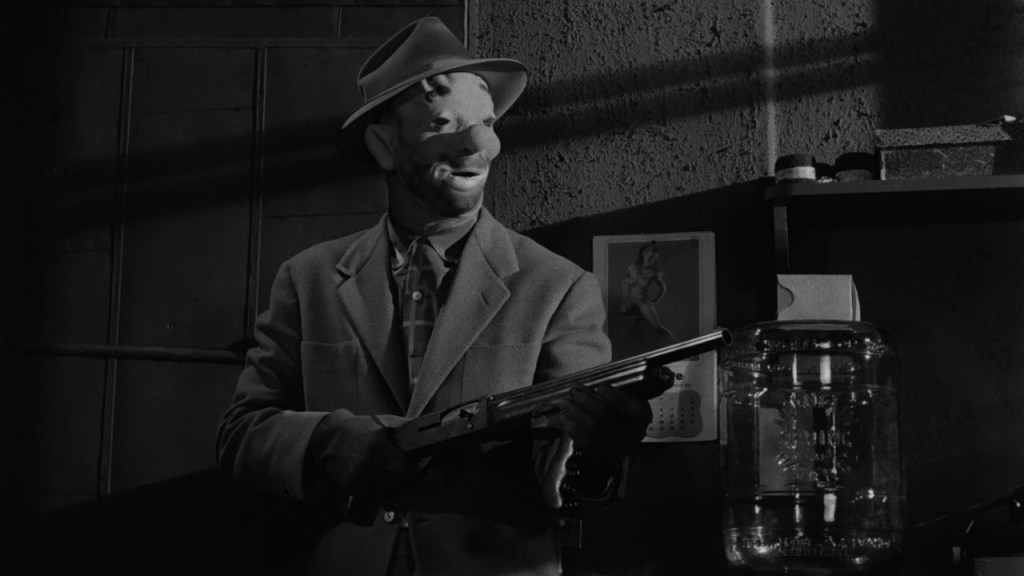
The Killing (1956)
Stanley Kubrick’s The Killing plots an ambitious, meticulously strategized racetrack robbery that’s propelled by twists of fate, cruelties of fortune, and long shots. Kubrick’s camera tracking in the film is as elaborate as the heist Johnny Clay (Sterling Hayden) lays out at the chess table to the wrestler Maurice (Kola Kwariani). The strongman only knows his move in the play, and every moment counts. Even the narration is exact. Precise dates and times are noted, but not in chronological order. Chess masters see several moves ahead. All the pieces have to be in place at 4pm, starting time of the $100,000 high stakes runoff at the Bay Meadows Racetrack.
Clay’s gang doesn’t hedge bets on winners. They gamble on the surest payout, the total receipts at the track at day’s end: $2 million. It’s a winning match for a methodical chess hustler. Nothing can go wrong, until everything does.

Angels With Dirty Faces (1938)
Raoul Walsh’s The Roaring Twenties (1939) is a well-known classic, while Michael Curtiz’s Angels With Dirty Faces is an underrated gem. Not only does Cagney pair with Bogart, but his iconic gangster Rocky Sullivan throws pickles at the Dead End Kids, gets tear-gassed in a tense standoff, and goes to the chair. Cagney is known for his climactic final scenes. This is the one where he cries.
Like Baby Face in Dead End and Nino Brown in New Jack City, Rocky teaches the kids on his old block how to move from juvenile delinquency to a life in crime. After Rocky’s execution, Father Jerry Connelly (Pat O’Brien) asks the kids to “say a prayer for a boy who couldn’t run as fast as I could.” But did Rocky really prefer spitting in a copper’s eye over shedding water from his own?
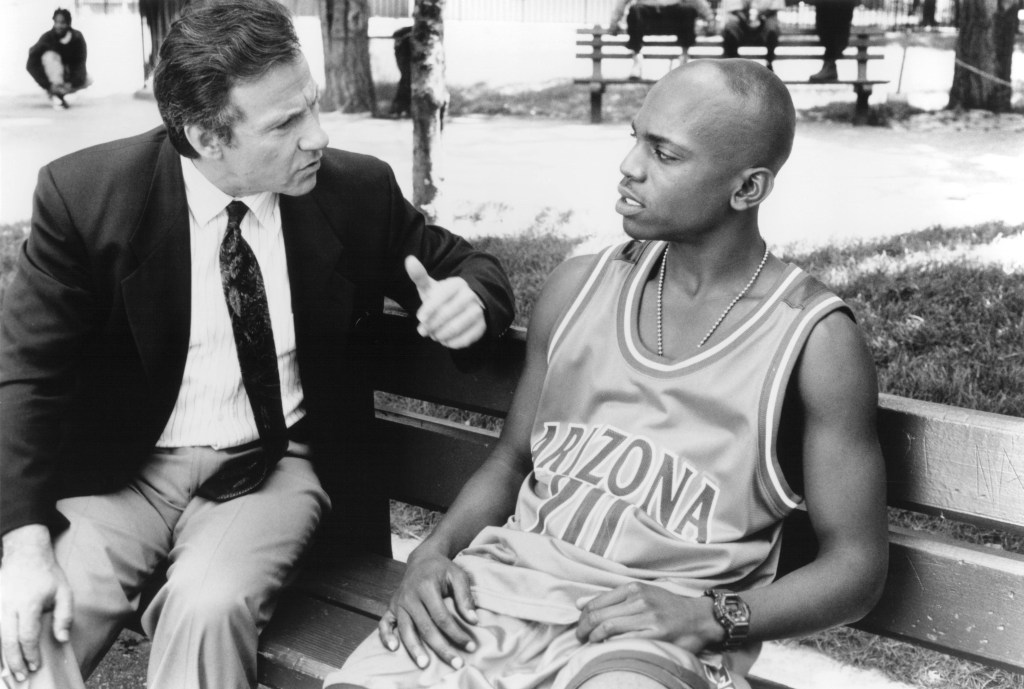
Clockers (1995)
“If God created anything better than crack cocaine, he kept that shit for himself,” Rodney Little (Delroy Lindo) schools young Strike (Mekhi Phifer), who is putting in time at the lowest link in the drug chain: selling packets to white guys on street corners around the clock. Based on Richard Price’s novel, Spike Lee’s Clockers deals street-level crime and community punishment, and shuffles the players and the playas. The teenaged crack sales team leader self-medicates his ulcer with Vanilla Yoo-hoo, a fictional product that serves as an allegorical promise of relief eternally out of reach and off the shelves.
Like most narcotics cops on the beat in the film’s Nelson Mandela Housing projects in Brooklyn, Det. Rocco Klein (Harvey Keitel) usually doesn’t waste time on street-level drug killings. The latest doesn’t make sense, but it got closed by a signed confession. Strip-searches demean both parties, and Klein’s ready to bare all.
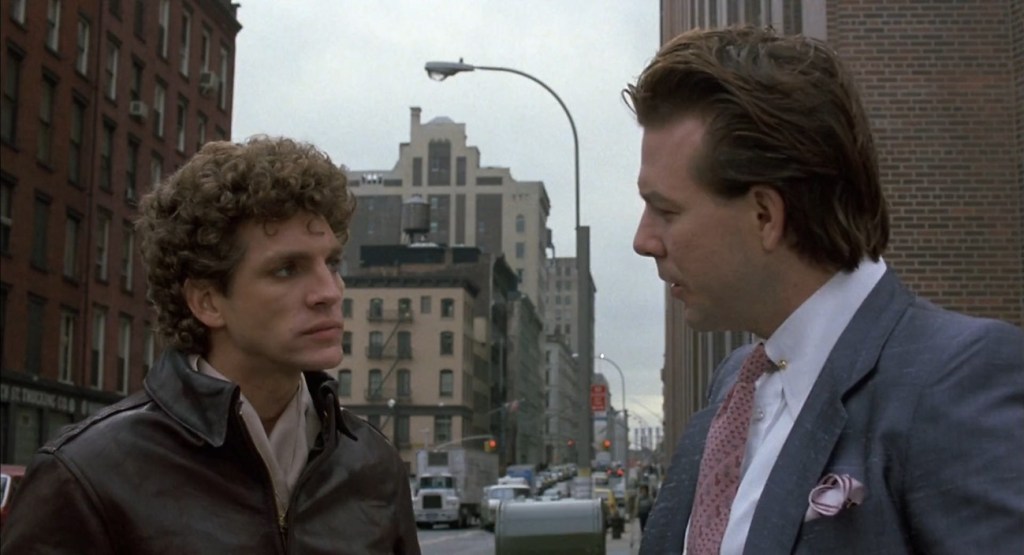
The Pope of Greenwich Village (1984)
“They took my thumbs,” Paulie (Eric Roberts) screeches at his cousin Charlie (Mickey Rourke). That’s the price for stealing $150,000 from the mob to buy a racehorse with the juice of a Belmont winner. Directed by Stuart Rosenberg (Cool Hand Luke) from the novel by Vincent Patrick, who’d script The Godfather III (1990), The Pope of Greenwich Village features small-time criminals. They’re not really gangsters, just on the make, like everyone in that South Village neighborhood where St. Anthony of Padua protects all who put rings on the statues.
Rourke is cool even when Charlie loses it, making his nut to take care of a son, ex-wife, and new girlfriend, Diane (Daryl Hannah). But, thumb or not, Roberts steals this movie like it was in Eddie “The Bedbug’s” (Burt Young) safe. Paulie stirs lye into the mobster’s espresso and takes revenge on a cop by spiking his ginger-ale with horse laxative.
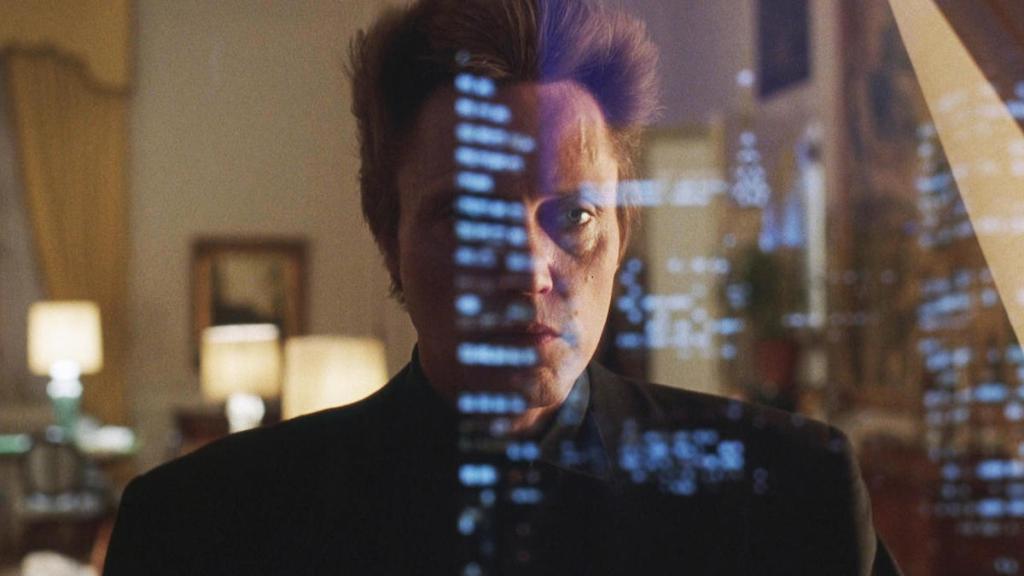
King of New York (1990)
Abel Ferraro’s King of New York made Christopher Walken the coolest Caucasian actor who ever walked the planet. From the moment his Frank White rides home from Sing Sing in a limo as opening credits roll, we know this is royalty surveying home turf. From the Plaza Hotel, the city doesn’t look the same, possibly because Frank’s gang brutally renovated two towering Colombian drug lords as a surprise welcome home gift. The wrecking crew move onto Little Italy where Frank kills a mafia head and enlists his button-men.
With Laurence Fishburne and Steve Buscemi in the supporting cast, and lawless but powerless cops like Snipes’ Flanigan and David Caruso’s Gilley on offense, it’s a wonder Frank doesn’t run for mayor. He almost gets an inner-city hospital built. The best thing about King of New York is there can never be a sequel. No one makes it out alive.
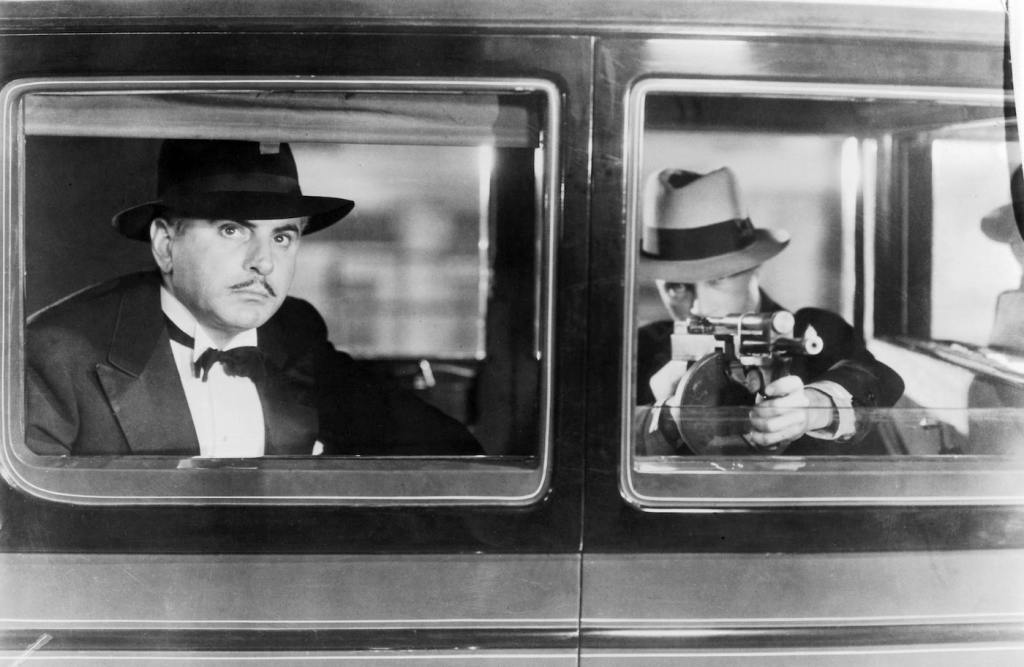
The Doorway to Hell (1930)
Archie Mayo’s The Doorway to Hell was the first hit in the classic “Gangster Movie Era,” released before Little Caesar and Public Enemy. Steve Mileaway, Cagney’s second film role after Sinners’ Holiday, plays second banana to Lew Ayres’ crime boss Louie Lamarr, the “Napoleon of the Underworld.” The underboss also plays around with the top mug’s best gal Doris, a flapper with a heart of gold-digging ambitions. The retired Napoleon stops the presses on his memoirs to fix the chaos in the Chicago streets which started when he changed command.
Based on the story ”A Handful of Clouds” by Rowland Brown, the pre-Code Hollywood film pushed boundaries, including non-marital sexual situations, and on-screen violence. But a scene where two beer-runners try to kidnap Louie’s young brother, accidentally killing the kid on the street, is bloodless but cinematically jolting. The film was nominated for the Best Writing, Screenplay Oscar.
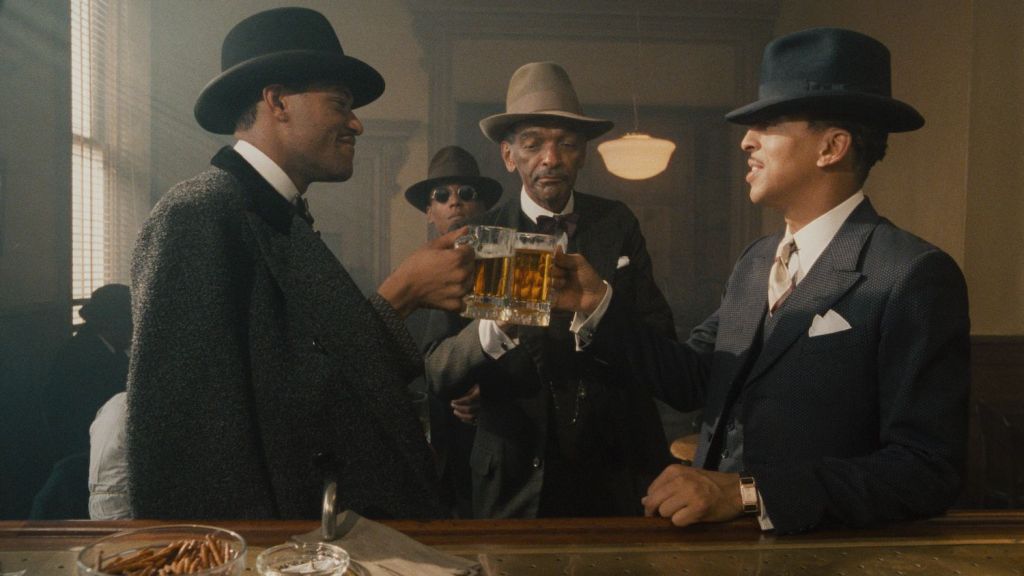
Cotton Club (1984)
Francis Ford Coppola directed the greatest mob movie of all time, so we stop with his most open love letter to the gangster genre. Cotton Club is a celebration held at organized crime’s original nightspot: The Cotton Club in Harlem, where the greatest Black entertainers in the city ruled the stage but were denied any semblance of table service. The club was owned by the gangster all gangsters wanted to be: Owney “The Killer” Madden, played by Bob Hoskins.
The film stars Richard Gere as musician Dixie Dwyer, a vague stand-in for dancer George Raft, who was real-life Madden’s driver before heading west to put a face to mob presence in Hollywood. Gregory Hines doubles his performance, acting the shit out of “Sandman” Williams, and dancing like his feet are on quality cocaine. Nicholas Cage’s Vincent Dwyer pays maniacal tribute to Vincent “Mad Dog” Coll, and James Remar plays Dutch Schultz like a recurring nightmare. The low-key croon of Laurence Fishburne’s Bumpy Rhoads provides counterpoint to the over-the-top mob psychos and makes Cotton Club an unmissable gangland classic.
